Tesla is preparing to launch its first commercial robotaxi service in Austin as early as next week, marking a pivotal moment in the company’s push toward autonomous driving, Fortune reports.
The initiative, championed by CEO Elon Musk, aims to signal Tesla’s transformation from a conventional electric vehicle maker to a leader in self-driving transportation. However, the rollout has raised concerns among city officials, regulators, and first responders due to unanswered questions and limited information sharing.
Tesla has been conducting limited testing of the driverless vehicles—modified versions of its Model Y—with safety drivers in both Austin and the San Francisco Bay Area. It has also begun briefings with Texas agencies and local Austin departments in recent weeks. Despite these steps, key stakeholders say they are still in the dark on critical aspects of the program.
City officials in Austin say Tesla has yet to provide essential documentation, including first responder guides and detailed technical specifications. The city’s Transportation and Public Works Department and the Austin Fire Department both confirmed they have not received the standard emergency manuals typically provided by other self-driving companies before launch.
While Tesla has promised that training and documentation are forthcoming, the delay has drawn comparisons to the more thorough rollout processes followed by competitors such as Waymo and Zoox. These companies typically engage with local officials months in advance, offer detailed emergency response training, and clearly communicate the autonomy level of their vehicles.
Tesla has not publicly stated what level of autonomy its robotaxis will operate under at launch. The industry uses a five-level scale to categorize autonomy, ranging from Level 2 (driver assistance) to Level 5 (full autonomy with no human intervention). Tesla’s vehicles currently operate under a Level 2 system, which requires a human driver to remain attentive and ready to take control. The company has not confirmed whether the Austin service will involve a higher level of autonomy.
In a recent closed-street test in Austin, Tesla demonstrated one of its robotaxi vehicles alongside emergency vehicles to members of the city’s autonomous vehicle working group. Andre Jordan, Division Chief of Special Operations and Homeland Security for the Austin Fire Department, said Tesla appeared committed to collaborating with the city and had implemented several changes to address safety concerns. However, he declined to provide specifics, calling the modifications “preliminary” and proprietary.
Jordan expressed cautious optimism about the launch, saying that while Tesla’s timeline initially seemed aggressive, the company’s continued engagement with city officials had provided some reassurance.
One factor potentially easing concerns is the familiarity first responders already have with the Model Y vehicle, which Tesla is using as the base for its initial robotaxi fleet. Unlike other companies whose self-driving vehicles feature unusual designs and rooftop sensors, Tesla’s robotaxis look like conventional cars, possibly requiring less adjustment for emergency personnel.
Federal regulators are also seeking clarity. The National Highway Traffic Safety Administration (NHTSA) recently requested information from Tesla on the level of autonomy it plans to deploy in Austin and whether the system meets federal safety standards. The agency is also investigating Tesla’s Full Self-Driving (FSD) software in relation to prior crashes.
Documents submitted to California regulators last month, where Tesla is also conducting robotaxi tests, described the FSD system as Level 2. It’s unclear whether Tesla is underplaying its system’s capabilities to remain in regulatory compliance, or whether this classification reflects the true performance level of the vehicles it plans to launch.
Tesla’s planned Austin launch places it alongside companies like Waymo and Zoox, which are already offering or testing autonomous ride-hailing services in cities such as San Francisco, Phoenix, and Washington, DC. These companies have typically rolled out services with clearly defined boundaries, onboard employees, and limited customer pools during pilot phases.
Unlike its competitors, Tesla’s autonomous system does not rely on high-definition mapping, instead using a combination of cameras and artificial intelligence to navigate roads—a strategy that could speed up deployments but has yet to be proven at scale.
Musk has announced that between 10 and 20 Model Y robotaxis will operate on the first day in Austin, supported remotely in case the vehicles encounter issues. He has also said that future robotaxi models—called “cybercabs” with no manual controls—are still under development and won’t be introduced until at least 2026.
The robotaxi launch comes at a critical time for Tesla. The company’s stock has dropped roughly 16% this year amid declining vehicle sales and growing geopolitical headwinds, including trade tensions and tariffs. Investors see autonomy as a key growth area for Tesla, and the Austin launch has become a closely watched milestone.
Analysts like Dan Ives of Wedbush have called the robotaxi rollout a “make-or-break moment” for Tesla’s long-term vision. While the company has a track record of missing Musk’s ambitious deadlines—he previously predicted a fleet of 1 million robotaxis by 2020—investors and regulators alike are now watching closely to see whether Tesla can meet this latest target while ensuring safety and compliance.
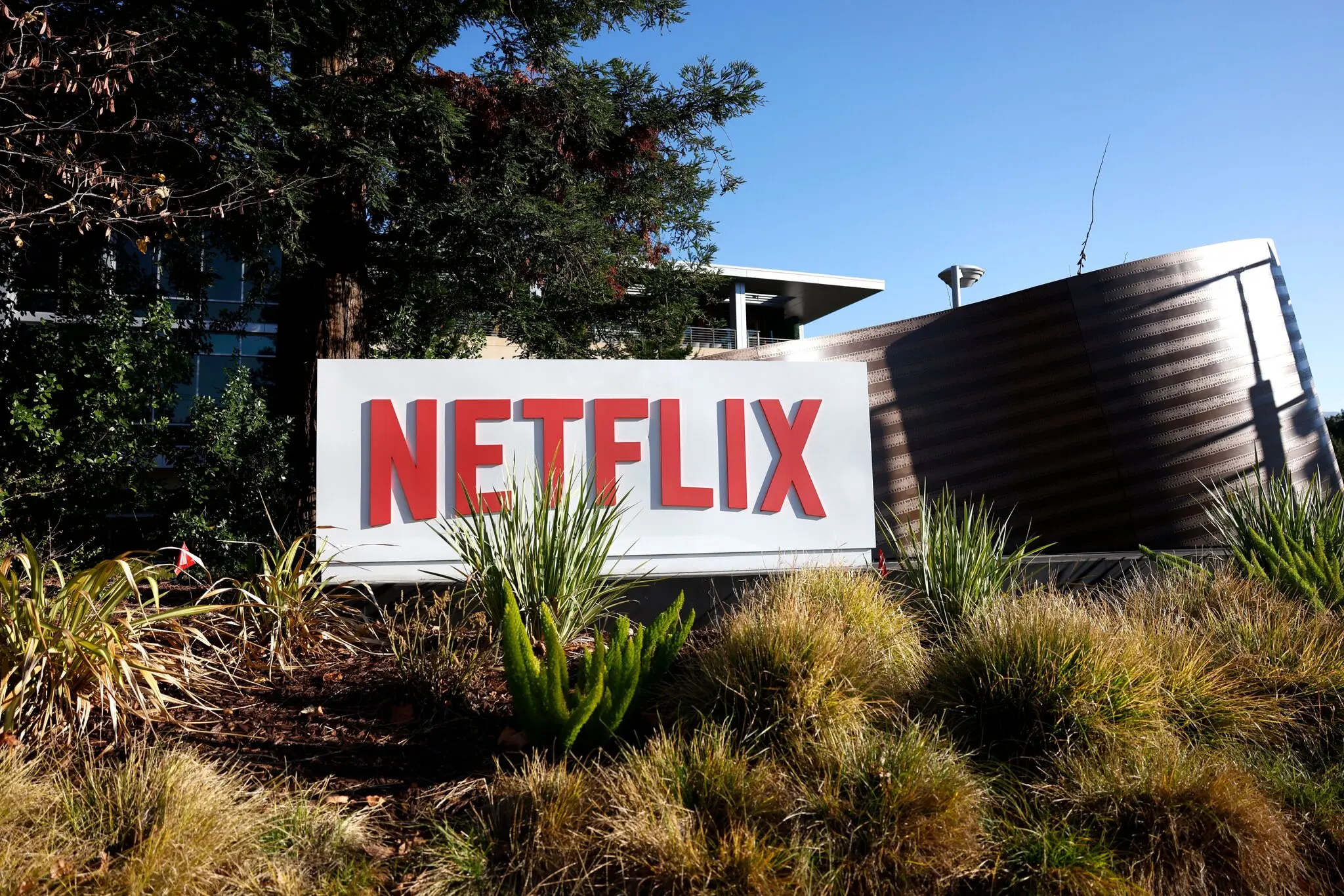
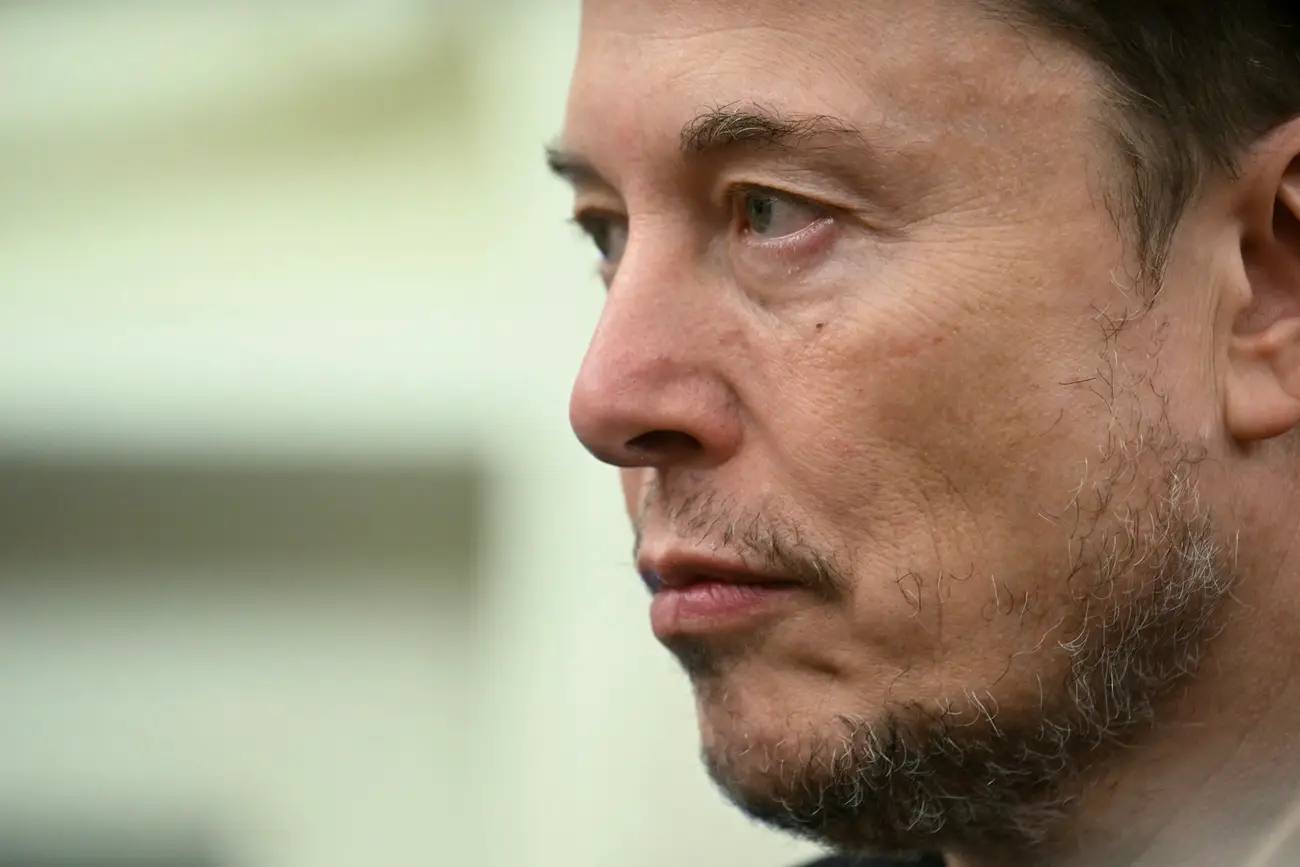
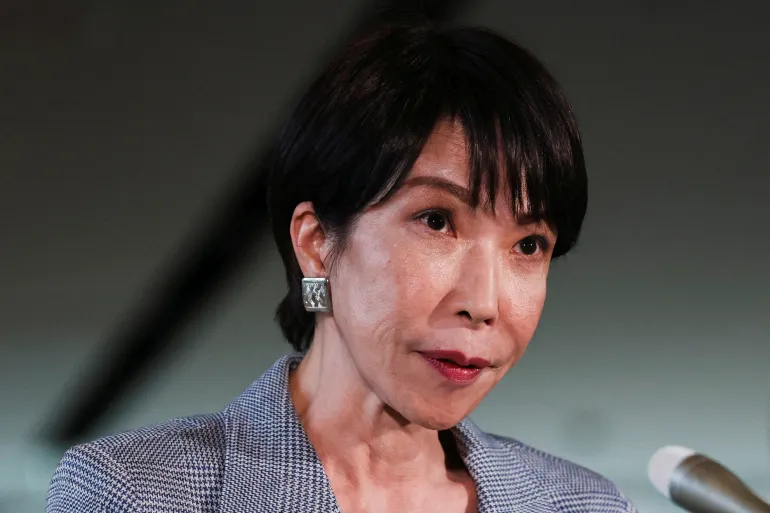
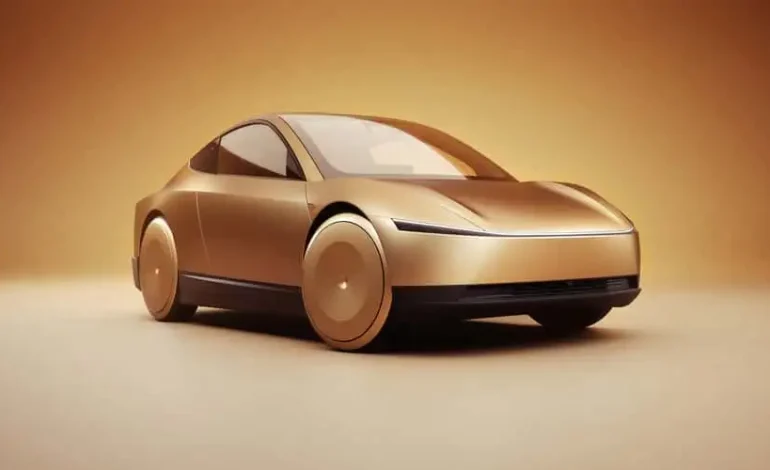



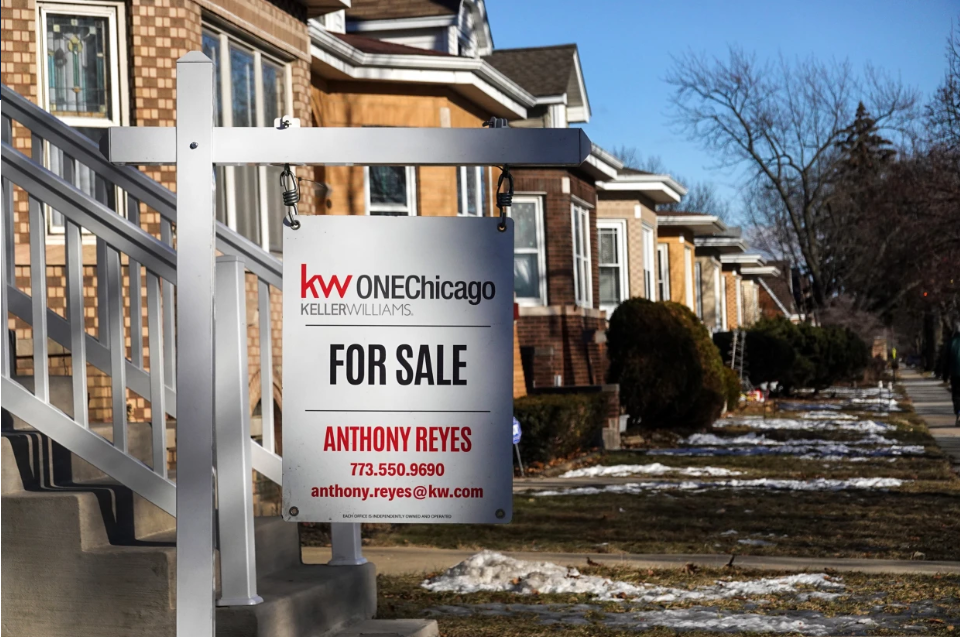
The latest news in your social feeds
Subscribe to our social media platforms to stay tuned